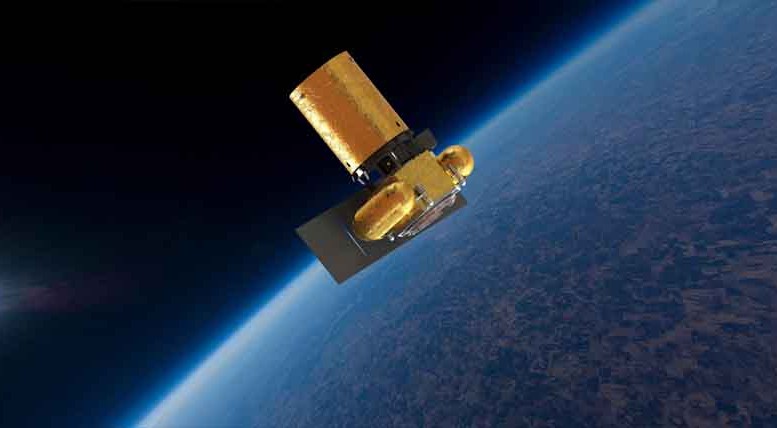A start-up company with high-profile supporters has set out to boldly go where no miner has gone before — to extract the resource riches of outer space.
“Since my early teenage years I’ve wanted to be an asteroid miner,” said Peter Diamandis, co-founder of Planetary Resources, at the company’s official launch at the Museum of Flight in Seattle in late April. “I’ve always viewed it as a glamorous vision of where we could go.”
Diamandis, who also heads the X Prize foundation which incentivizes technological breakthroughs, is just one many visionaries involved with the company. The other co-founder is Eric Anderson, who started the space tourism firm Space Adventures. Investors include Google (GOOG-Q) billionaires Larry Page and Eric Schmidt, and flight enthusiast Ross Perot Jr. Also on board are: veteran astronaut Tom Jones, former NASA Mars mission manager Chris Lewicki, Microsoft’s (MSFT-Q) ex-chief software architect Charles Simonyi and filmmaker James Cameron as an adviser.
“This company is not about thinking and dreaming about asteroid mining,” Anderson said. “This company is about creating a space economy beyond Earth. It’s about building real hardware. It’s about doing real things in space to move the needle forward.”
Anderson said there are more than 1,500 asteroids that are as easy to reach as the moon, and many more are always being discovered. “The pot of gold at the end of this rainbow — if it is successful — will be big,” he said.
The company envisions using unmanned spacecraft to identify and eventually extract resources from accessible, near-Earth asteroids (NEAs) to benefit human activity both on Earth and in space.
The company will target NEAs that are rich in platinum group metals, with the aim of “transforming that which is scarce to that which is abundant,” Diamandis says.
The company also emphasizes the need to exploit water sources from asteroids, from which hydrogen and oxygen can be used to create rocket fuel to power their endeavours and potentially support human life in space. Developing these “orbiting fuel depots” is vital to lowering the cost of future deep-space exploration and development, the company says.
The first step in the company’s plan is to develop its Arkyd 100 series of prospecting spacecraft, which will be outfitted with telescopes and operate in low-earth orbit to identify target asteroids. Anderson says this line of equipment will be developed within two years.
Once targets are identified the company says it will start direct prospecting through “swarm expeditions,” when a half-dozen exploration spacecraft will land on an asteroid and probe it further.
The company says much more research and development will be done to develop cost-effective exploration, as well as in-situ extraction and processing technologies to access water and metals in the targeted asteroids.
Anderson acknowledges the difficulty of the company’s task ahead, but isn’t deterred. “There will be times when we fail,” he says. “There will be times when we have to pick up the pieces and try again — but we’re going to do it.”


Be the first to comment on "Planetary Resources’ plan to mine asteroids"